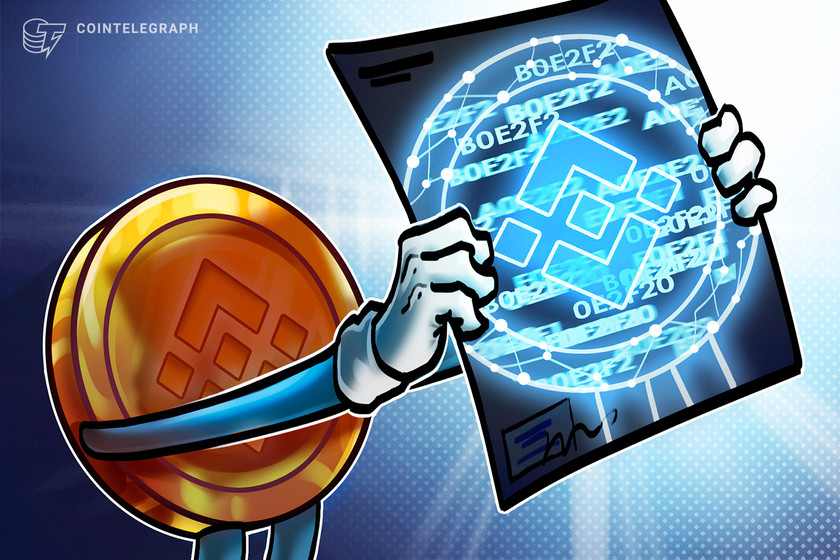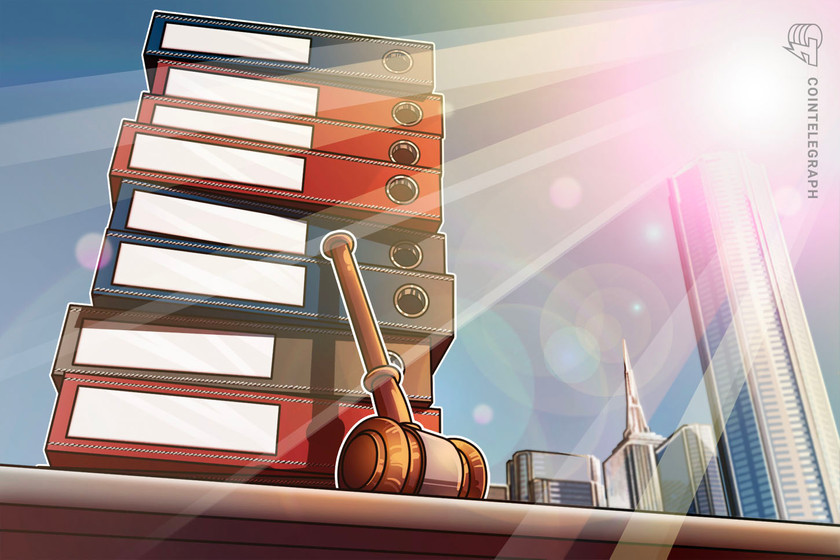Rating agencies, not regulators, can rebuild trust in crypto after FTX


Private rating agencies could work better and more quickly than regulators when it comes to reviewing businesses in the cryptocurrency industry.
The last year has been an eventful one for the crypto space. The collapse of the Terra ecosystem and its TerraUSD (UST) algorithmic stablecoin saw $50 billion wiped off the market in a flash. And more recently, FTX, an exchange many thought was “too big to fail,” came crashing down. There’s been no shortage of drama in the space, which has seen name-stay businesses and projects disappear along with investors’ funds.
Given the events of this year, it’s inevitable that serious government attention is coming for the space, in every major jurisdiction — and on the time scale of a few months to at most a few years, not decades. This was fairly clear to most industry observers even before the recent FTX debacle, and now it has become glaringly obvious.
There is much debate in the space about whether this is positive. The purpose of financial regulation is to protect end-users from being fleeced and misled by financial operators of various sorts and to promote the overall health of the economy. And it’s clear current financial regulations are highly variable in their effectiveness in these regards. Additionally, it is unclear what sort of regulations could be put in place that would be truly beneficial for the industry and its customers.
Perhaps instead of regulation, we should be focusing our efforts in other places to ensure crypto gets its house in order. Outlined below are three key benefits of crypto rating agencies — community-driven bodies that assess projects — and how they could solve the issues with crypto.
Rating agencies can move at the pace of crypto
The crypto space is ever-changing and fast-paced. Between November 2021 and November 2022, almost 2,000 new cryptocurrencies were created — a nearly 25% increase in the total number of currencies. New tokens and projects are constantly appearing.
While some of the projects appearing are innovative and push the boundaries of technology, there can be many dangers for participants to navigate. The cypherpunk ethos underlying early crypto innovations holds that the space be anonymous. However, when you mix this anonymity with a large body of relatively naive consumers, it creates a beautiful environment for fraud, scams and pyramid schemes.
Related: What Paul Krugman gets wrong about crypto
This could be an issue for regulators, as implementing policy is time-consuming. For example, the European Union’s Markets in Crypto-Assets framework took over two years to draft and approve. In the time it takes to review and implement protective measures, the space will have already moved on to new dangers.
Crypto rating agencies would be the antithesis of this. They would be at the forefront of the industry. They could provide consumers with relatively impartial, open-minded analysis of the algorithms, structures, communities, risks and rewards underlying various products — at a rapid speed commensurate with the development of these new products.
Terra served as a prime example of how this would work. Some in the space knew that Terra had unsound tokenomics, which ultimately led to its downfall. Those without backgrounds in quantitative finance and tokenomics wouldn’t have the same understanding. Additionally, regulators were not even aware of Terra until it collapsed; thus, they couldn’t protect investors from it. By having knowledgeable, recognized bodies reviewing cryptocurrencies and businesses in the space, investors can be swiftly made aware of the underlying issues in projects and make informed decisions as to whether they want to take the risk.
Bad actors can be stopped before they cause problems
While regulations are put in place to deter bad actors and protect people, they don’t always work. And this is not just exclusive to crypto. There will always be law-breaking projects in the space that investors have to avoid.
This is evidently clear when we look at FTX. The exchange promised to hold customers’ funds with a fully backed reserve. However, when FTX’s sister company, Alameda Research, had its balance sheet publicly revealed, it was shown that the two firms illicitly used investors’ funds. This caused FTX users to try to withdraw their money. However, because FTX didn’t fully back its reserves, it couldn’t pay users back. This is fraudulent activity, and the regulations currently in place should have deterred FTX from doing this, but they didn’t.
The implementation of rating agencies could have prevented this catastrophe. Nine months before the fall of FTX, research was conducted into the platform, and concerning links between it and Alameda Research were uncovered. However, this information wasn’t widely disseminated and never reached the majority of FTX users. Had rating agencies been in place, this information could’ve been made more publicly available, allowing users to deposit their funds into safer exchanges.
Rating agencies would act as a guard against illicit activity. They would be highly valuable, trusted sources of in-depth information regarding the quality of different blockchain networks, presented in various levels of accessibility and detail. They would also serve to reduce the crude overgeneralization of crypto that is present in the media, as well as the wealth of disinformation available online. Rating agencies could provide investors with the necessary information that they need to avoid bad players.
Rating agencies would be created by crypto and for crypto
The financial market is currently set up to favor institutions and the wealthy. In the United States, there are laws banning ordinary citizens who don’t meet a wealth or income threshold from being “accredited investors.” This means that for an everyday person to access the stock market, they have to go through a third party, such as a bank or a brokerage firm — which typically charge fees for access. Retail investors have less freedom and access to the market, and their profits are often fed back to other parties.
It is questionable as to why the market is set up this way. If the purpose is to protect folks from being sucked into money-losing deals, why are these same folks allowed to gamble their life savings away in casinos, or buy state-issued lottery tickets with plainly losing odds? It’s almost as if the government’s goal has been to ban non-wealthy people from any form of gambling where they would have the opportunity to exercise insight and judgment and actually have winning odds.
Related: The Federal Reserve’s pursuit of a ‘reverse wealth effect’ is undermining crypto
Without careful consideration, this current setup could be replicated in crypto. Traditional finance regulators may impose policies that are present in the existing financial market, such as the aforementioned income threshold to become an “accredited investor.” These arbitrary policies may be implemented under the guise of protecting people but could instead just lock retail investors out of the crypto space.
Crypto rating agencies, on the other hand, would be set up by crypto-natives with retail investors in mind. The goal of rating agencies is to give the best possible advice to investors, and to do so requires a deep understanding of the space. Additionally, rating agencies are not enforcers — they are simply guides. Participants would still have the freedoms they currently have, just with much better knowledge.
Regulators have turned their heads to crypto, and it’s clear that new policies will be coming very soon. However, they will likely be outdated and ineffective on arrival. If the crypto space wants to improve, it needs to take action, implementing rating agencies that can ensure bad players are highlighted and removed from the community.
This article is for general information purposes and is not intended to be and should not be taken as legal or investment advice. The views, thoughts and opinions expressed here are the author’s alone and do not necessarily reflect or represent the views and opinions of Cointelegraph.























